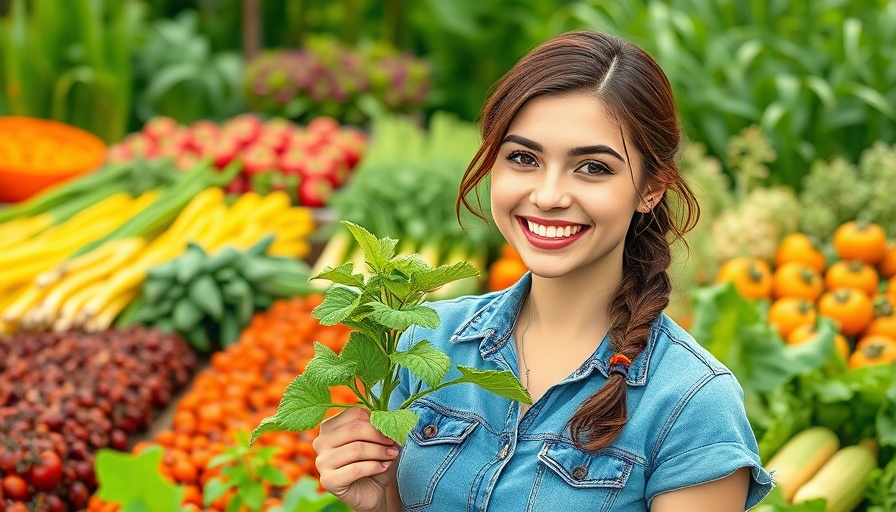
Revisiting Ancient Wisdom for Modern Farms
In a world where droughts are becoming more frequent and severe, the quest for sustainable farming solutions is more crucial than ever. An in-depth look at historical practices reveals that ancient farmers had already developed techniques tailored to their local environments, which can be used to fortify today’s agricultural methods against water scarcity. By exploring these time-tested strategies, we can uncover valuable lessons that enhance resilience in modern agriculture.
In Can Ancient Farming Methods Make Modern Agriculture More Drought Resistant?, we explore ancient agricultural techniques that provide useful insights into enhancing today's farming practices.
Embracing Nature’s Drought-Resistant Crops
Ancient grains, such as millet and sorghum, have long been cultivated in arid regions of Africa and Asia thanks to their drought-resistant qualities. These crops boast deep root systems that tap into underground moisture, allowing them to thrive even under hot and dry conditions. Incorporating such resilient plants into contemporary farming can lead to steady harvests, even during challenging periods.
Learning from Ancient Irrigation Techniques
The ingenuity of past civilizations provides an array of irrigation strategies that remain relevant today. For instance, the Zouri people developed decentralized irrigation systems designed to maximize limited water resources. Similarly, medieval Moorish farming in Spain integrated underground channels and water-saving basins to drastically cut down on water waste. Modernizing these methods could result in greater efficiency in resource management on today’s farms.
Valuing Community Knowledge and Diversity
Integral to ancient farming was a profound understanding of local conditions and cooperation among farmers. Many traditional practices, like crop rotation and intercropping, allow varied crops to share nutrients and protect one another from drought. For instance, pairing maize with drought-tolerant crops ensures that farmers maintain their yields despite erratic weather patterns. This collective knowledge fosters stronger, more resilient farming communities ready to address climate change together.
Actionable Insights for Modern Farmers
As we look toward the future of agriculture, blending ancient practices with contemporary techniques is essential for sustainable living. The holistic approach of using drought-resistant crops, efficient irrigation, and community engagement not only prepares us for climate challenges but also promotes accessible farming solutions that are kinder to our planet. By taking inspiration from the past, we can cultivate a more sustainable and food-secure future.
 Add Row
Add Row  Add
Add 




Write A Comment